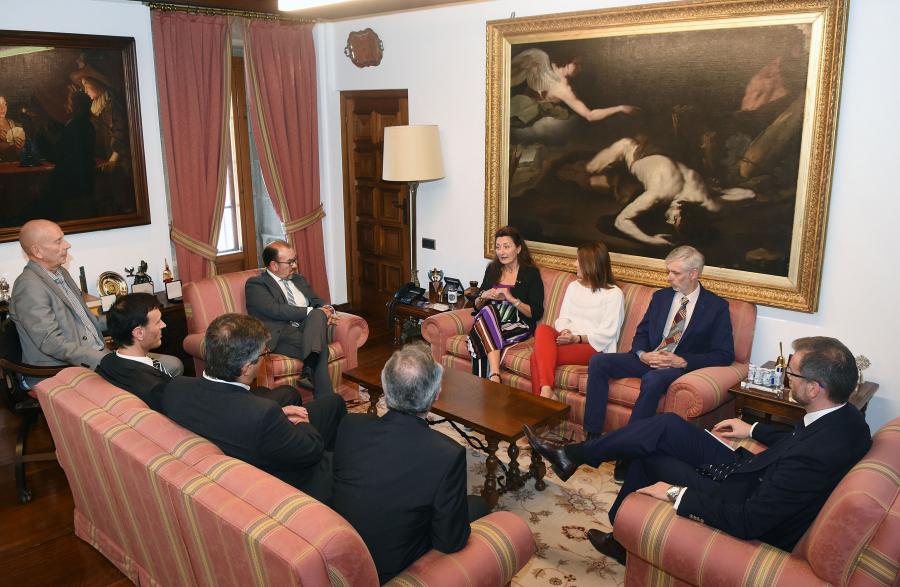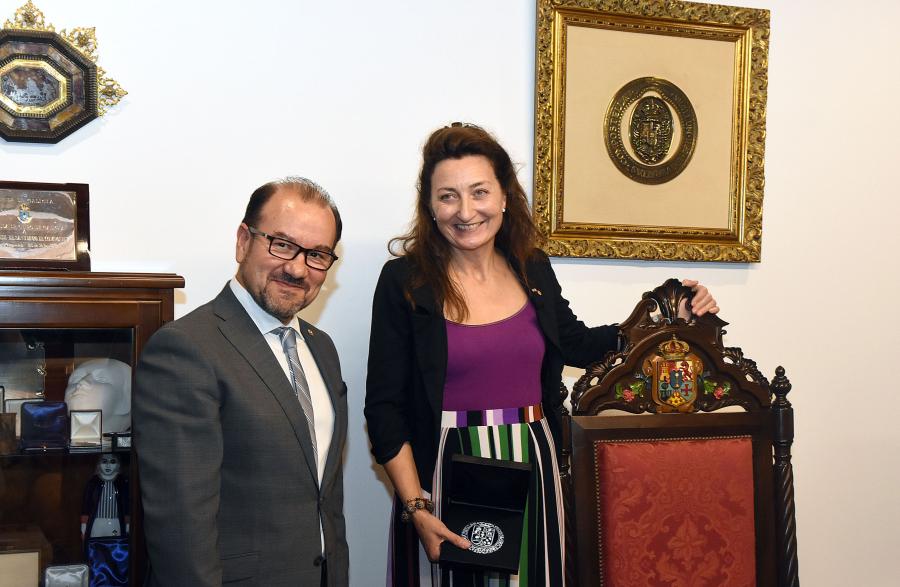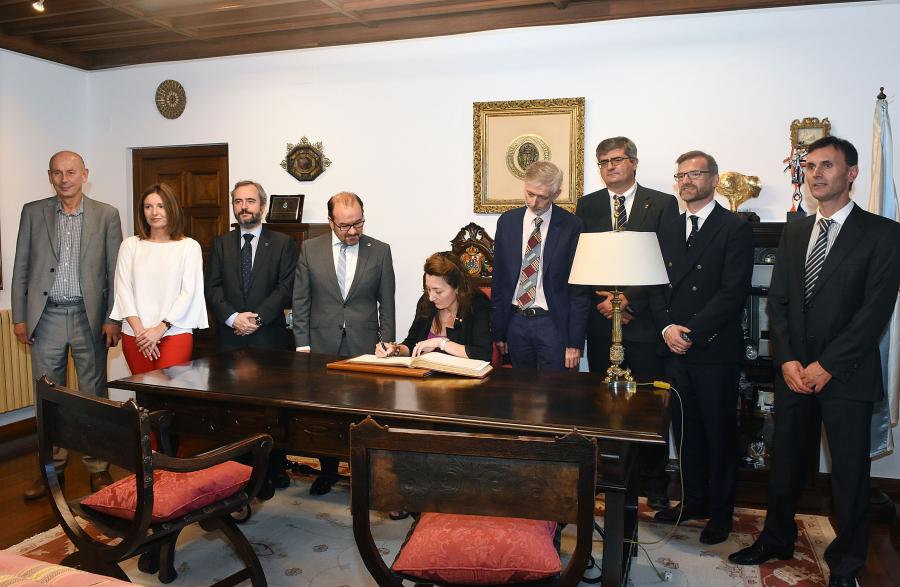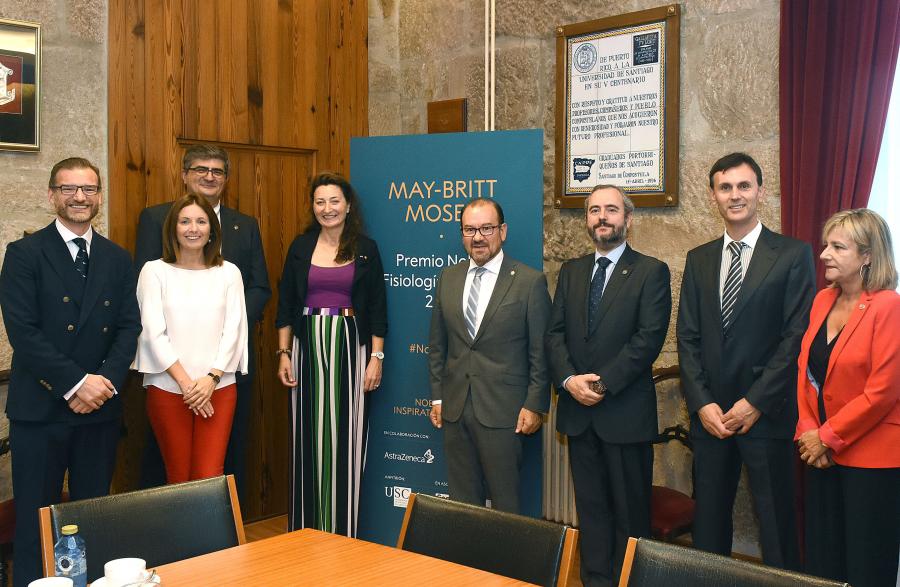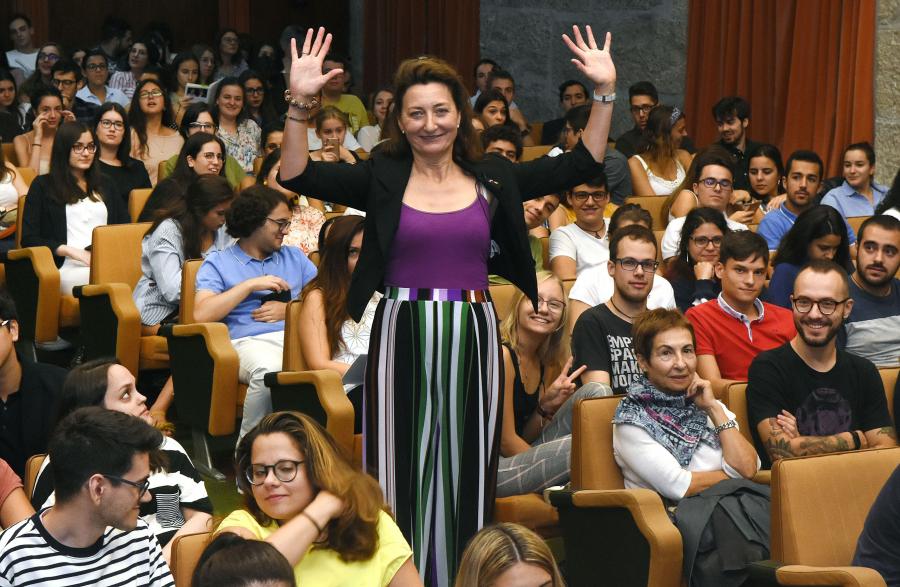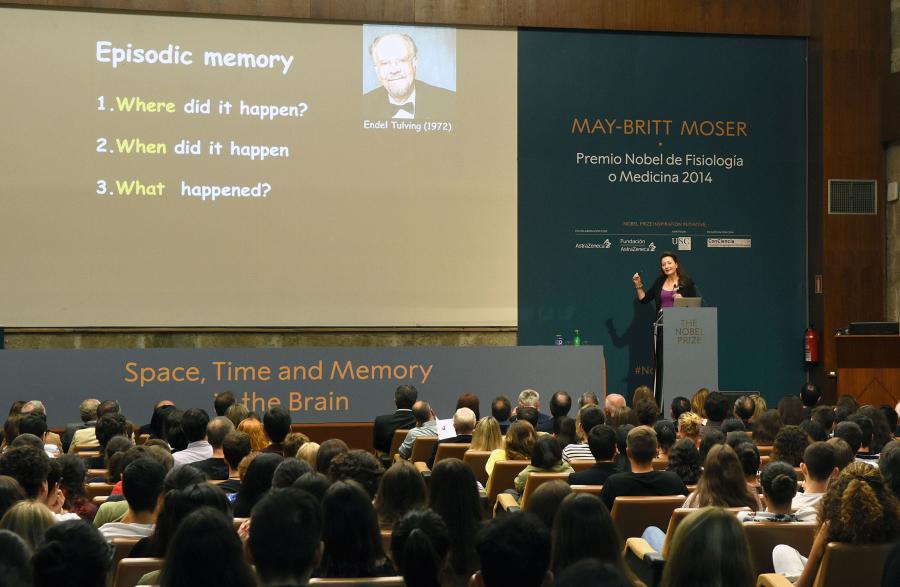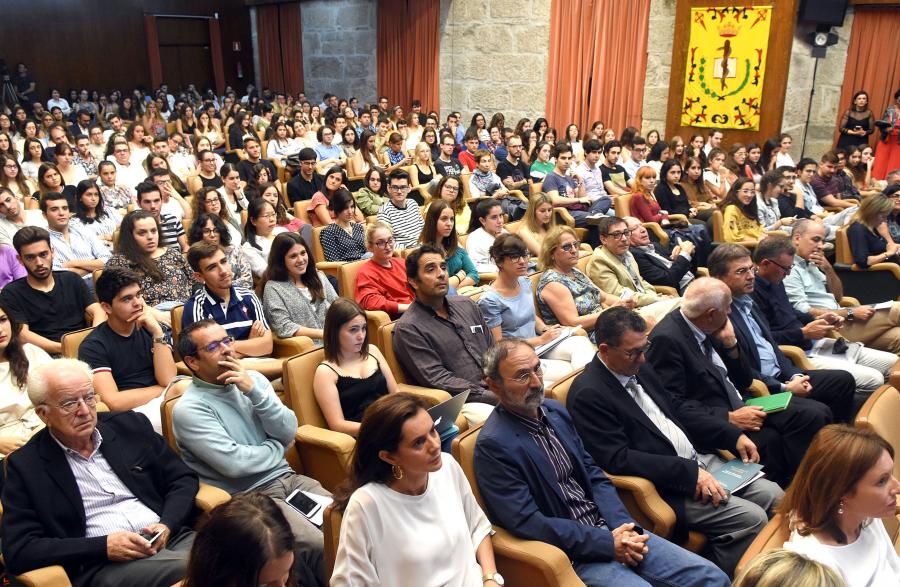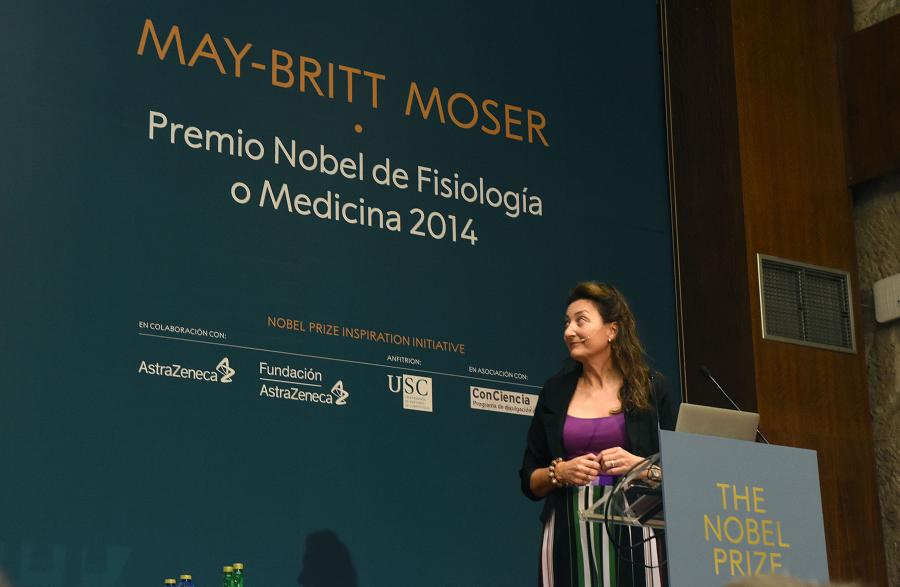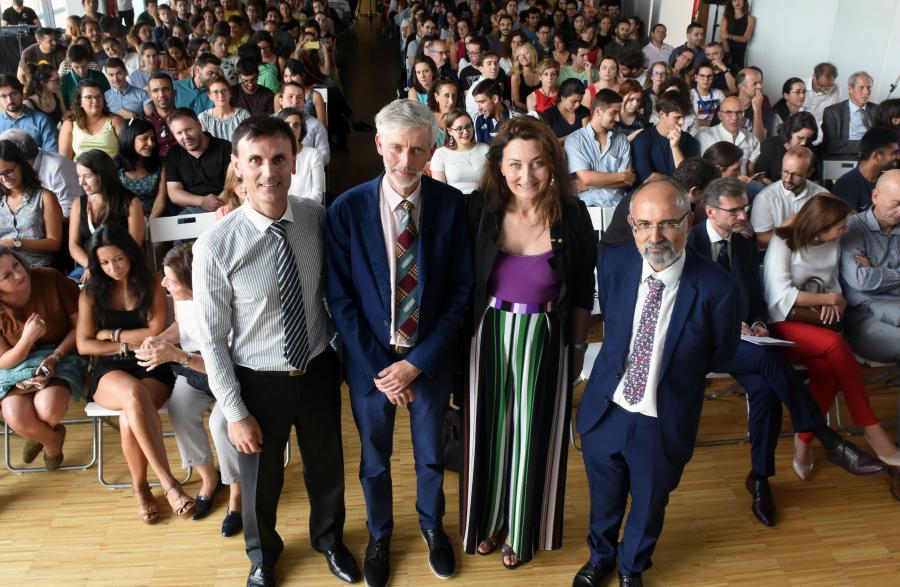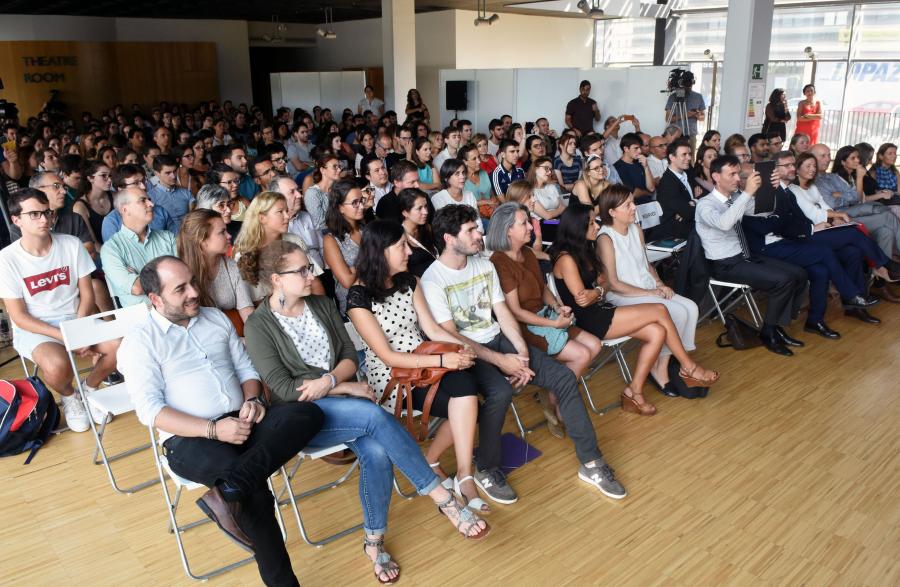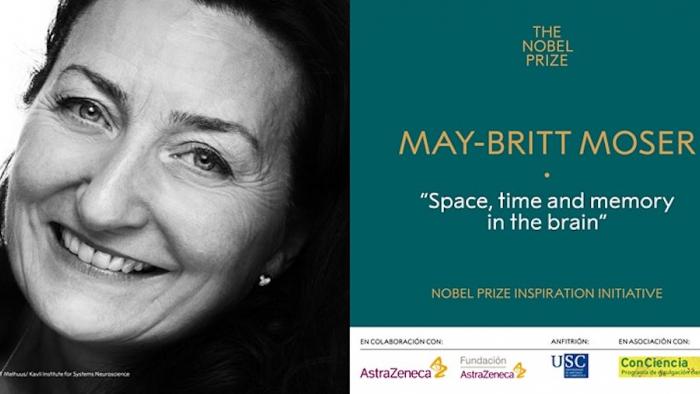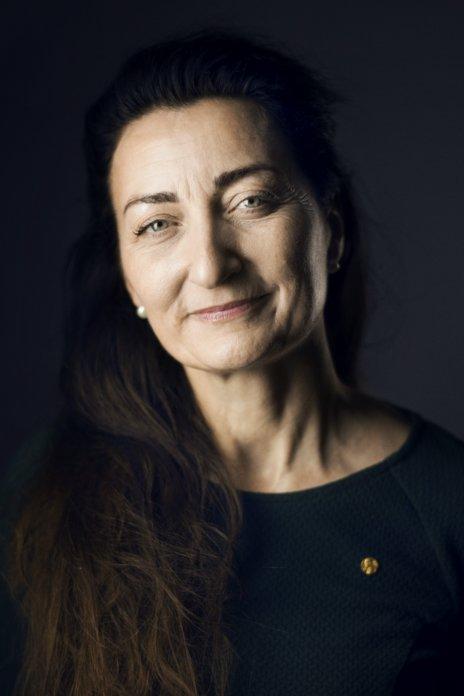
Nobel Prize "for her discoveries of cells that constitute a positioning system in the brain".
May-Britt’s vision is to understand the neural basis of psychological phenomena. She has focused her research on spatial navigation and memory because these are fundamental cognitive functions that we share with all animals.
Most of her research has been in collaboration with Edvard Moser with whom she shared the Nobel Prize in Medicine or Physiology in 2014, after they built a lab together. Through combining advanced inactivation techniques, anatomical approaches and recording methods for single units, their efforts have resulted in several important discoveries. The most spectacular finding was the discovery of grid cells in the entorhinal cortex. The discovery of grid cells was succeeded by the identification of other functional cell types in the same brain structure, including head direction cells, conjunctive cells, border cells and speed cells; and collectively the findings point to the entorhinal cortex as a hub for the brain network that makes us able to find our way.
The grid cells are thought to provide the brain with information about the metrics of the spatial environment. May-Britt and Edvard’s papers have attracted special interest because spatial representation is one of the first functions to be characterised at a mechanistic level in neuronal networks. They now focus on the representation of objects, odours and time. Thus, it seems like cell ensembles in the entorhinal cortex is providing the hippocampus with information about what happened where and when – which is episodic memory.
This event was made with the collaboration of the Nobel Prize Inspiration Initiative of the Nobel Foundation.
https://www.nobelprize.org/events/nobel-prize-inspiration-initiative/spain-2018/
